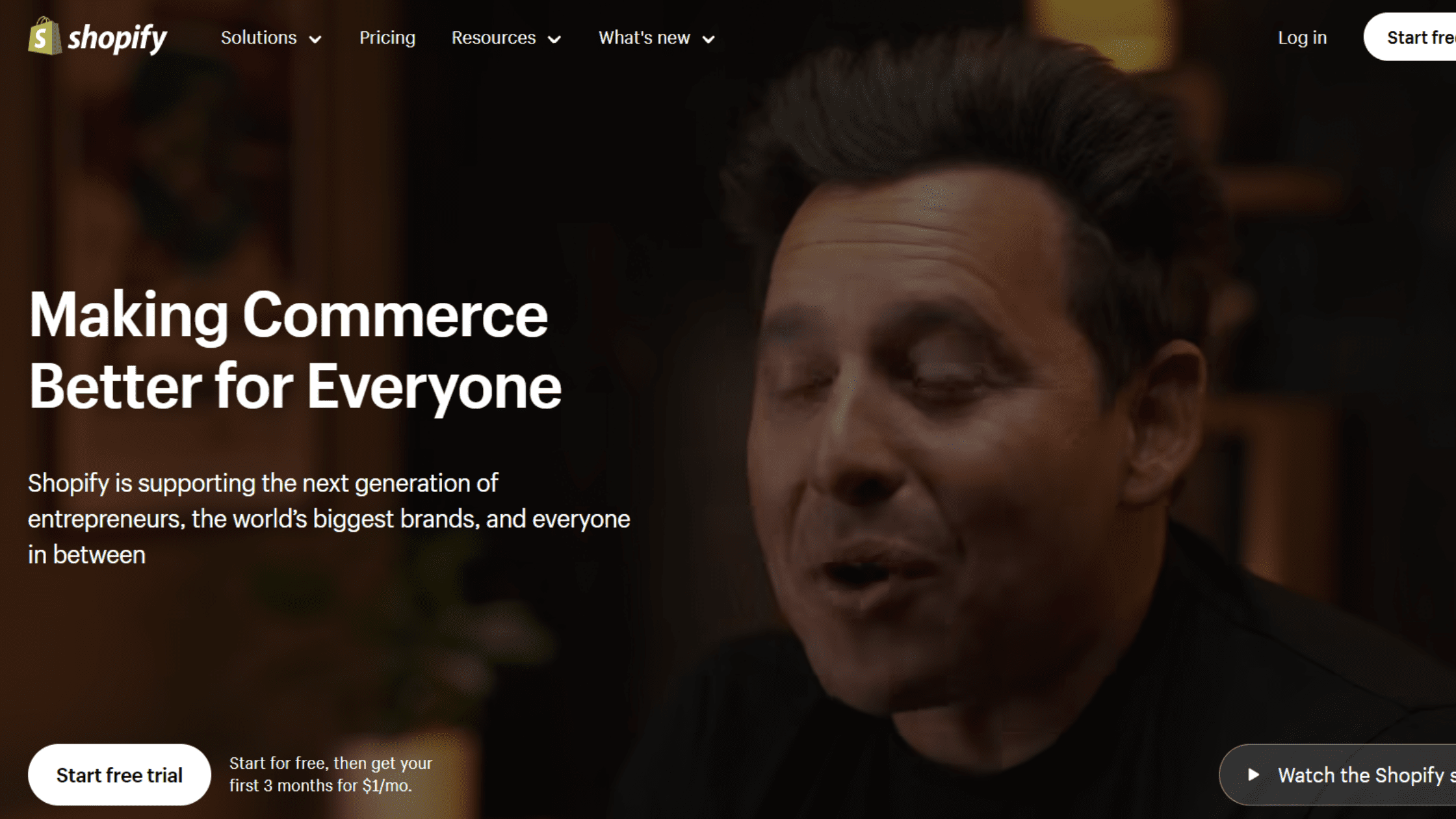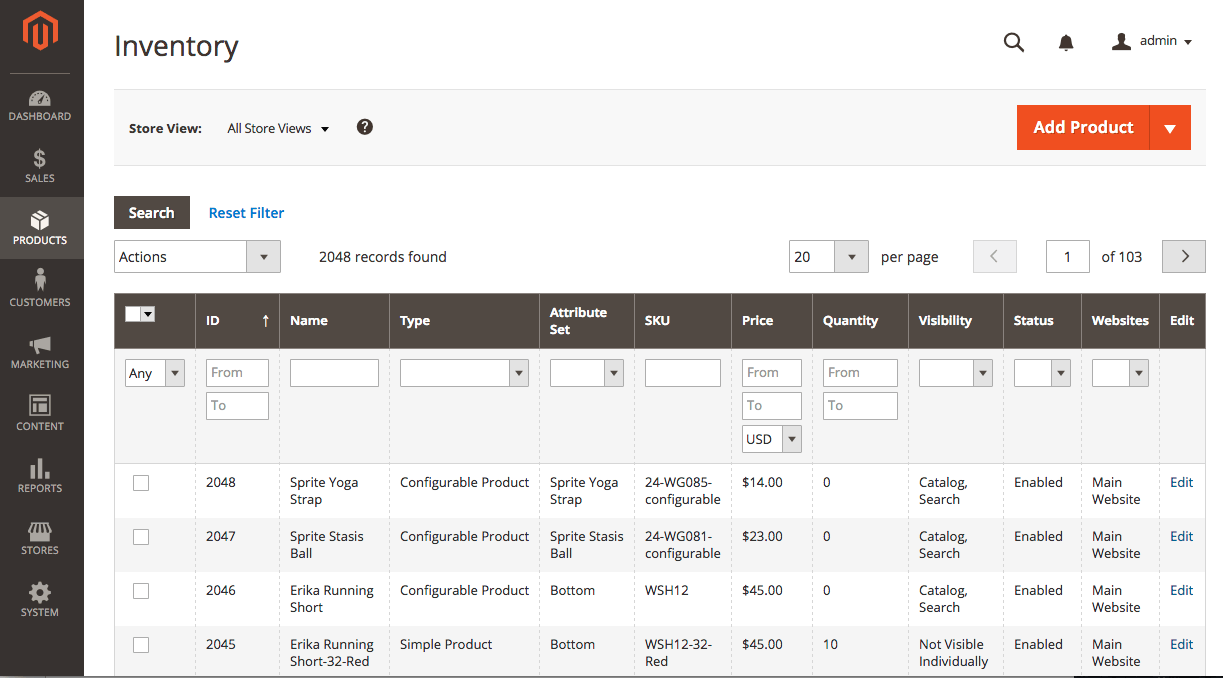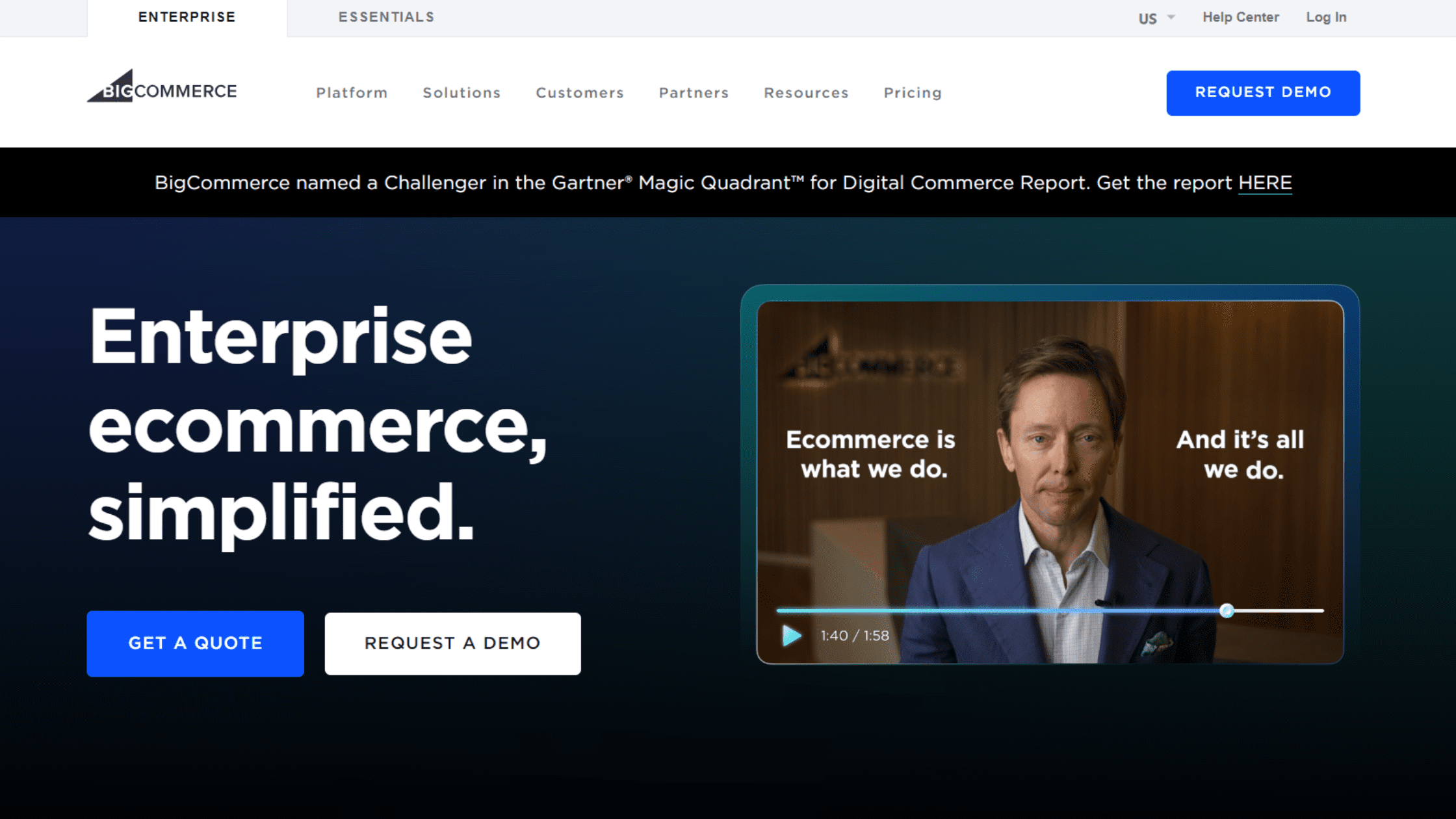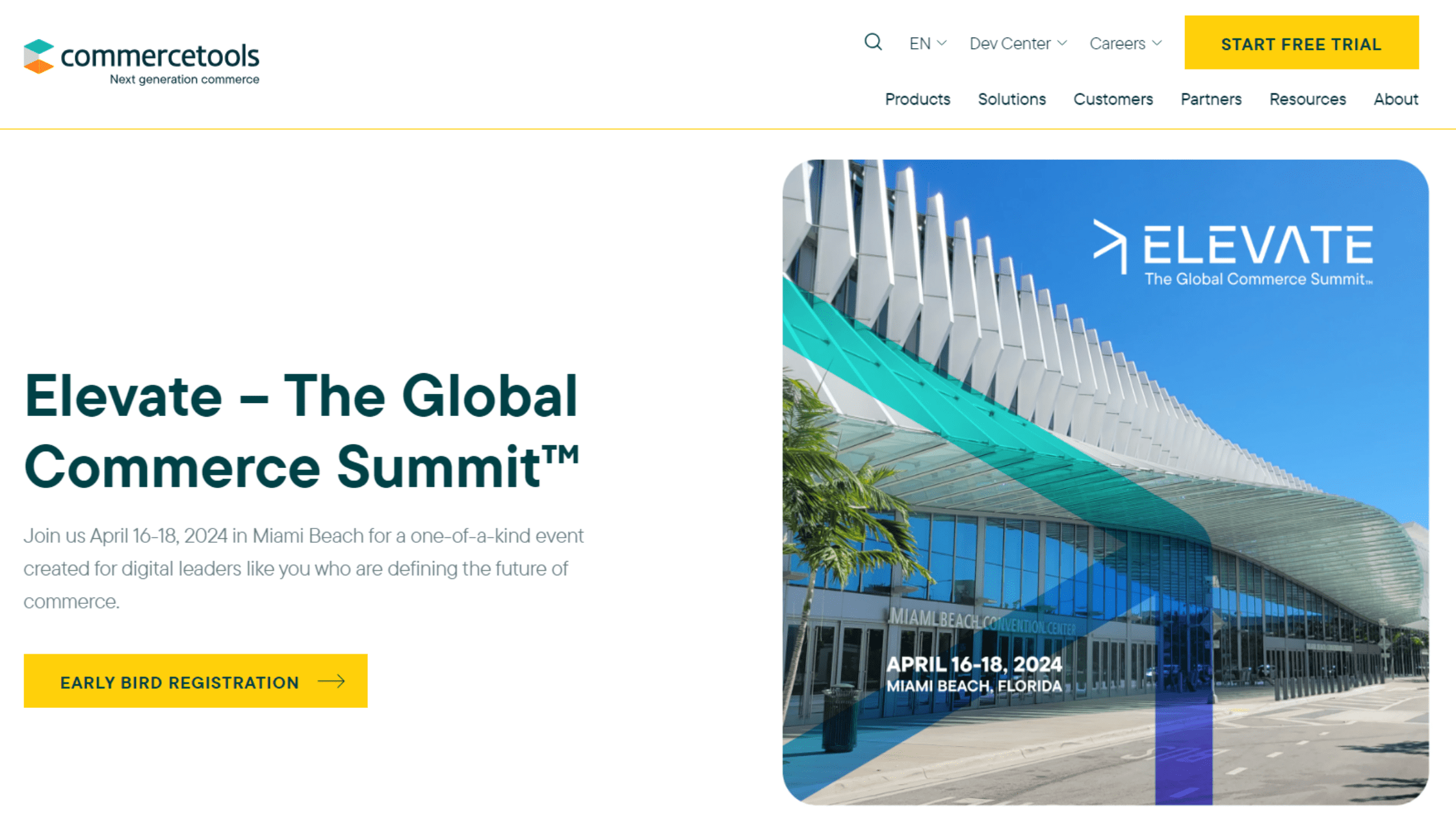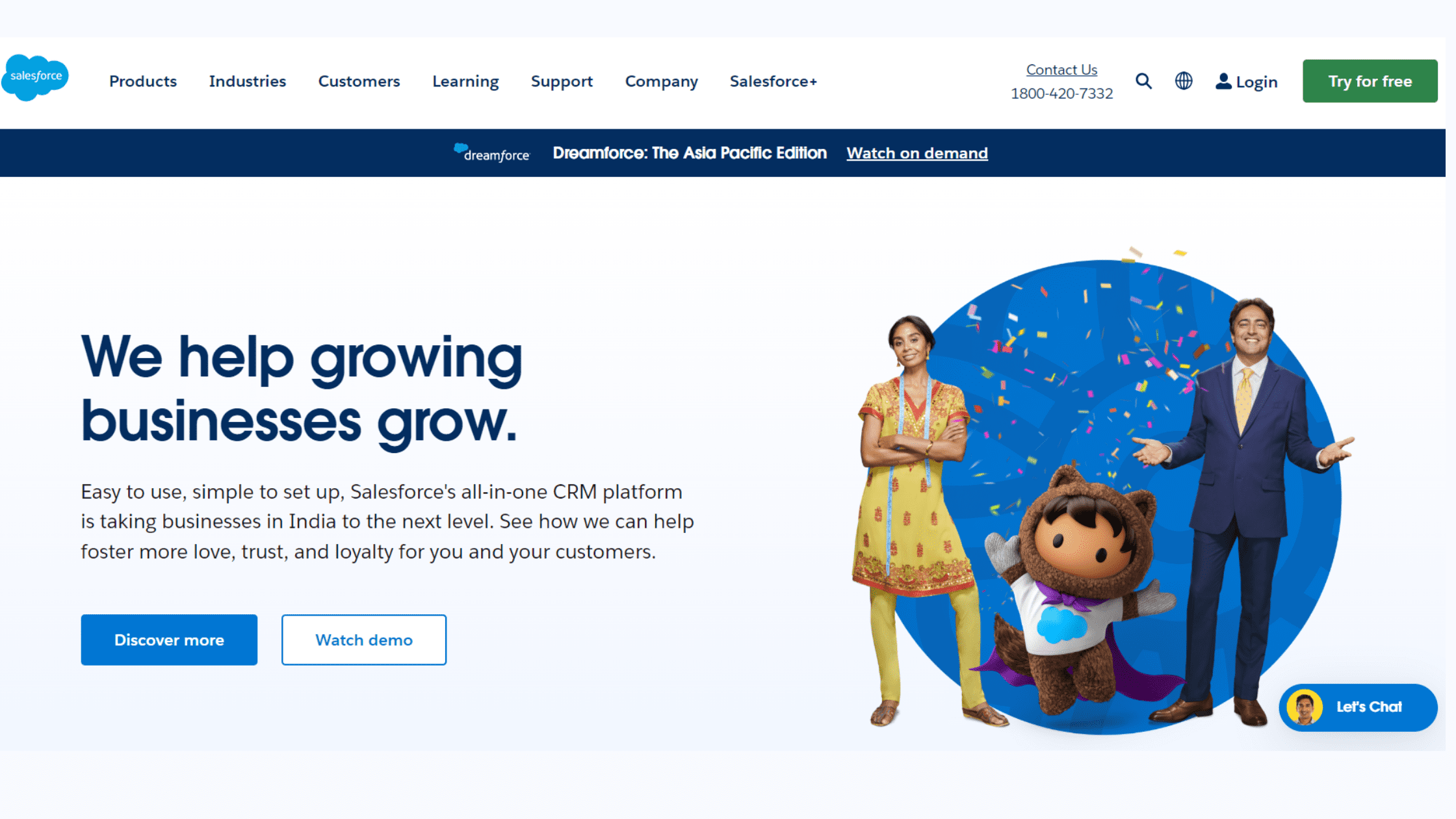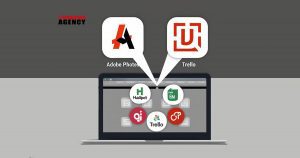A headless Ecommerce platforms is rapidly becoming the go-to choice for innovative retailers looking to deliver customer experiences across all touchpoints in a rapidly changing digital landscape. But what exactly is headless Commerce, how does this architecture work, and why is it superior to traditional coupled Ecommerce platforms?
In its simplest definition, a headless Ecommerce platforms decouples the front-end presentation layer from the back-end commerce functionality through APIs. It provides retailers more flexibility to create optimized storefront experiences across websites, mobile apps, wearables, voice assistants, IoT devices, and anything imaginable.
Unlike bloated traditional commerce platforms, headless systems focus purely on providing robust back-end order processing, catalog management, transactions, etc. The presentation layer is separate, usually consisting of a speedy single-page application using popular JavaScript frameworks like React, Angular, and Vue. It allows developers to tweak front-ends, integrate emerging touchpoints, and deploy innovations faster without regression testing monolithic platforms.
As such, headless commerce platforms represent the ideal approach for complex omnichannel environments constantly adding new endpoints. The headless architecture future-proofs retailers to keep pace with digital change much more sustainably than traditionally-coupled platforms rigidly dictating experience capabilities.
What Is a Headless Ecommerce Platforms?
A headless commerce platform provides all core back-end Ecommerce functionality through developer-friendly APIs rather than restrictive pre-built storefront templates or page editing tools. This includes:
- Product information management
- Inventory tracking
- Cart/checkout transactions
- Order lifecycle processing
- Customer account management
- Promotions and pricing rule engines
- Hundreds of additional back-end capabilities
Designers can connect any preferred front-end touchpoint (website, mobile app, IoT devices, etc.) to these commerce APIs to consume real-time back-end data within customized presentation layers.
The “headless” concept emerges from technically decapitating traditional Ecommerce platforms by separating presentation from the back-end services powering transactions. The back-end engine acts as the “body” of core commerce operations. Meanwhile, developers assemble custom “heads” consisting of React apps, Vue stores, etc., that determine what customers see.
Best Headless Ecommerce Platforms in 2024
Many platforms now offer robust headless architecture capabilities even if newer to the approach compared with pioneering best-of-breed pure-play headless platforms. Here, we explore the top options:
- Shopify
- Magento (Adobe Commerce)
- Big Commerce
- Commerce tools
- Salesforce Commerce Cloud
- Spryker
- Fabric
- Infosys Equinox
- Swell
- OroCommerce
Shopify
Shopify is a stable and secure Ecommerce platform that boasts a vast app store.
In more technical terms, Shopify evolved from being a conventional Ecommerce platform into a modern one with the introduction of its GraphQL API, especially with Shopify Plus. This upgrade enabled compatibility with headless Commerce, reinforcing its position as a relevant and trusted platform in the Ecommerce landscape.
With Shopify Plus and headless Commerce, you can publish content on various channels, ensuring creative control across different touchpoints and devices. Additionally, integration capabilities extend to vital business systems like CRM, PIM, CMS, ERP, etc. Shopify Plus supports integration with popular services such as Google Sheets, Slack, Mailchimp, and Apple Business Chat, as well as third-party marketplaces like eBay and Amazon.
One of Shopify’s standout features is its reputation for stability, complemented by an easy-to-use dashboard and an intuitive content management system.
Pricing follows Shopify’s traditional model, charging between $29 and $299/month based on revenue tiers.
Magento Commerce (Adobe)
Magento emphasizes growing headless capabilities, allowing developers to leverage its reliable open-source back-end with JS or PWA front-ends built using tools like PWA Studio.
Typical users span small pure-play DTC brands to major B2B manufacturers needing configurable products, complex promotions, and quotes. Magento Gold solution partners provide further services.
Magento can be customized using the REST and SOAP web API frameworks. You can use this to build integrations for your marketing tools, inventory management system, ERP, CRM, PIM, and accounting platform.
The Community Edition is free with paid cloud hosting and premium Commerce editions scaling from $22,000/year, supporting more complexity in larger enterprises.
BigCommerce
BigCommerce is a widely embraced online Ecommerce platform that provides headless commerce capabilities. It entails detaching the commerce engine from the customer-facing user interface, empowering you to manage multiple stores concurrently across diverse channels, all from a centralized location.
Additionally, Numerous integrations are available for BigCommerce, including those with WordPress, Google, eBay, Stripe, Drupal, Mailchimp, and Amazon. With the aid of the BigCommerce for WordPress plugin, you can take advantage of the most outstanding features of both systems, letting BigCommerce handle e-commerce and WordPress handle content.
Furthermore, BigCommerce offers headless architecture to power storefronts built using React, Vue, and more while still allowing the use of its legacy Stencil frameworks.
Plans start at $29.95/month for up to $1.5M revenue, growing to Enterprise tiers custom-priced for each retailer.
Commerce tools
This service empowers customers to deliver Ecommerce experiences at an extensive scale, spanning various touchpoints such as mobile apps, websites, VR applications, and voice assistants. This is possible through an API-driven approach that decouples the front and back ends, enabling users to craft tailored solutions.
This service’s comprehensive coverage sets it apart—eliminating the need for SQL or other customizations, thanks to all-encompassing APIs. Furthermore, it offers a range of inventory management features essential for stores of any size, including tracking, adjustments, multi-store management, and returns.
In terms of integrations, Commercetools smoothly integrates with Cybersource (for payment management solutions), Contentstack (for content management), and Frontstatic (for front-end development). Additionally, it can be integrated with front-end CMS systems like Adobe Experience Cloud.
However, pricing details for Commercetools are not publicly disclosed; for more information, you’ll need to contact the company directly.
Salesforce Commerce Cloud
The well-known CRM company Salesforce developed the Headless Ecommerce platforms Salesforce Commerce Cloud. In the B2C and B2B domains, it was previously known as Demandware and Cloud Craze, respectively.
Commerce Cloud gives you access to a highly secure, flexible platform that can expand your business. It also has a partner app ecosystem that lets you interface with different augmented reality platforms and marketplaces.
Since a CRM business developed it, it goes without saying that everything will be fine integrating your store with CRM. It will bring your data together and help you personalize client interactions. This, in turn, can lead to higher income across all channels. With automation and artificial intelligence, Commerce Cloud enables you to offer headless Commerce to clients.
Salesforce pricing remains customized to each retailer but starts around $150,000/year for mid-market use cases, given the extensive enterprise platform beneath Commerce Cloud.
Spryker
Spryker, a German headless commerce platform, delivers solutions tailored for both B2B and B2C enterprises. Positioned as a platform-as-a-service solution, it leverages over 900 API modules to provide a cloud-enabled service that has gained popularity among large-scale businesses. With Spryker, scaling your company becomes a smooth process, free from concerns about technical limitations.
Renowned enterprises such as Toyota, Prym, and Lekkerland trust Spryker, appreciating its ability to construct online stores entirely from the ground up. The platform offers comprehensive expert guidance throughout the entire development process.
The headless commerce experience facilitated by Spryker operates through its GLUE API, enabling integration with smart devices and extensive legacy platforms. Incorporating IoT touchpoints for recurring Ecommerce purchases enhances customer retention, boosting loyalty and average order value.
While Spryker doesn’t disclose pricing information publicly, the company provides a demo through its website, allowing potential users to explore its capabilities.
Fabric
Fabric, a leading American headless commerce platform known for serving significant clients like GNC and Universal Lacrosse, is designed for robust business growth. This platform enables a smooth online shopping experience by connecting sales channels and ensuring synchronized pricing updates, order data, and product information from a centralized hub.
Fabric’s versatile suite of over 300 rapid-response APIs supports the creation of custom shopping experiences across diverse channels. It excels in easy integration with third-party tech and custom-built platforms, making it an ideal choice for businesses aiming to establish a dynamic and scalable tech stack.
Fabric offers modular front-end building blocks supporting rapid omnichannel experience assembly connected to a scalable headless commerce back-end with no limitations imposed.
Fabric is priced on the upper end, best suited for large and small businesses, with prices starting at $6000.
Infosys Equinox
Infosys Equinox, a headless commerce company based in the United States, melds human-centric Commerce with marketing to curate highly personalized experiences across diverse touchpoints and channels.
According to its website, Infosys Equinox boasts speeds up to 30% faster than competing commerce solutions. The service seamlessly integrates with various platforms, including social media, messengers, voice services, chatbots, augmented reality, virtual reality, IoT devices, apps, and wearables.
In collaboration with over 25 technology partners globally, Infosys Equinox collaborates with CMS solutions, tax and shipping providers, payment gateways, and more.
The platform caters to various business models, offering B2B, B2C, D2C, and B2B2C solutions.
Infosys pricing remains unadvertised and customized to each retailer’s unique needs upon request.
Swell Commerce
Swell approaches back-end administration from an API-first perspective, employing cutting-edge development tools to future-proof companies. Small to medium-sized enterprises can use this platform, but large enterprise organizations can also find it an excellent solution.
One of Swell’s most significant characteristics is its simplicity; everything can be managed from a simple central interface. With adjustable features that even more experienced users can utilize, the UI is easy enough for novice users to learn.
Users may control product options, such as size and color variations, with only one click. Product option updates don’t require plugins or scripting, simplifying the process. Users can design unique checkout flows to give their consumers the purchasing experience they want by utilizing the APIs provided by Swell.
Numerous integrations with services such as ShipStation, Mailchimp, Algolia, Braintree, PayPal, Stripe, and Zapier are available.
The free option on Swell is limited. Paid plans begin at $299 a month, and the highest monthly cost is $2,000 for the Enterprise plan.
OroCommerce
OroCommerce stands out as a headless commerce platform favored by wholesalers and developed by the same leadership team behind Magento, ensuring a foundation built on quality expertise.
Primarily crafted for the B2B sector, OroCommerce offers advanced customization options, allowing versatility across B2C, B2B2C, and B2B2B models. With its robust inventory management solution, the platform facilitates the management of multiple websites and warehouses, granting flexibility in handling product catalogs and adjusting prices as needed. OroCommerce can be deployed on-premise or through the Cloud.
Featuring a built-in CRM, this product enhances various aspects of your business, including sales pipelines, customer segmentation, marketing, and sales projections. It integrates with many CRM apps and ERP solutions, accommodating existing CRM setups.
Users can choose between a headless commerce approach and a traditional Ecommerce platform, empowering them to tailor their store precisely to their preferences. The company adopts an open-source strategy, fostering a developer community that promotes code transparency, product reliability, and heightened security.
Paid commercial licenses, including extra features, cloud hosting, and enterprise support, start at $300 monthly.
What is the Difference Between Headless Ecommerce and Traditional Ecommerce?
Traditional Ecommerce:
Traditional Ecommerce refers to the conventional approach where the front-end (what users see and interact with) and the back-end (the server, database, and business logic) are tightly coupled. In this setup, the presentation layer and the commerce functionality are integrated into a single system. The front-end changes often require adjustments to the back end and vice versa. This interconnected structure can sometimes limit flexibility and scalability.
Key Characteristics:
- Monolithic architecture.
- Commonly uses an integrated platform for both front-end and back-end.
- Updates and changes may require significant development effort.
- Typically offers an out-of-the-box solution for various Ecommerce features.
Advantages:
- Simplicity in development and management.
- All-in-one solutions can be easier to implement for smaller businesses.
Disadvantages:
- Limited flexibility and scalability.
- Challenges in adapting to new technologies or channels.
- Slower development and deployment cycles.
Headless Commerce:
Headless Commerce decouples the front end and back end, allowing them to operate independently. The “head” refers to the front end or the presentation layer, and the “body” refers to the back-end or the commerce functionality. With this separation, businesses can use various front-ends (web, mobile app, IoT devices) to interact with a centralized commerce platform. This architecture offers greater flexibility, enabling companies to adapt quickly to changing market demands and emerging technologies.
Key Characteristics:
- Decoupled architecture with separate front-end and back-end.
- The front end is a standalone system communicating with the back end via APIs.
- Enables the use of different front-ends for different channels or devices.
- Offers flexibility to choose and update technologies independently.
Advantages:
- Enhanced flexibility and agility in development.
- Faster time-to-market for new features and channels.
- Adaptable to emerging technologies and changing customer behaviors.
- Allows for a more personalized and seamless customer experience.
Disadvantages:
- It may require more initial setup and development effort.
- Complexity in managing multiple systems.
- Potential integration challenges.
Benefits of Headless eCommerce:
Flexibility and Scalability:
Headless Commerce allows businesses to choose the most suitable technology for each component. This flexibility facilitates more accessible adaptation to changing requirements and ensures scalability as the business grows.
Rapid Innovation:
With the decoupled architecture, businesses can introduce new features, updates, and channels more rapidly. This agility is crucial in the dynamic landscape of Ecommerce, where customer expectations and technology evolve quickly.
Multi-Channel Capabilities:
Headless Commerce enables different front-ends for various channels (web, mobile, voice, etc.). This flexibility allows businesses to provide a consistent and optimized user experience across diverse platforms.
Improved Performance:
By separating the front end from the back end, businesses can optimize each performance independently. It can lead to faster load times, better user experiences, and improved system efficiency.
Enhanced Personalization:
Headless Commerce allows for a more personalized customer experience. Businesses can leverage data and insights to tailor content, recommendations, and user interfaces based on customer preferences.
Future-Proofing:
Headless architecture’s modular and flexible nature makes it easier for businesses to adopt emerging technologies. This future-proofing capability ensures that the Ecommerce platform can evolve alongside technological advancements.
Easier Integration with Third-Party Services:
Headless Commerce simplifies the integration of third-party services and tools through APIs. It makes incorporating specialized services, such as analytics, marketing tools, or payment gateways, easier without disrupting the overall system.
Reduced Vendor Lock-In:
Businesses are not tied to a specific vendor’s front-end or back-end solutions, reducing dependency and the risk of vendor lock-in. This freedom allows for greater choice and adaptability in selecting technologies that best suit the business needs.
Headless eCommerce Architecture
Most headless platforms share a similar logical architecture comprised of the following:
- Robust’s back-end commerce engine safely manages transactions, inventory, and order data with no UI dependency. Exposes everything needed purely through developer self-service APIs.
- The front-end presentation layer ingests these commerce APIs into any customized channel app (web, mobile, wearables, etc.). Fully presentation agnostic by design.
- CD/CI deployment pipeline pushes iterative front-end updates without risky regression testing of backend-breaking changes ever in play.
- The customer data platform houses unified insights and segments created by analyzing omnichannel analytics feeding segmentation. Unified profiles.
- Unified commerce data spokesfeed various specialty SaaS tools for payments, marketing, personalization, etc. Open flexibility to integrate vertically without compromise.
This clean separation between back-end services and front-end display unlocks flexibility impossible in traditionally coupled Ecommerce platforms still chained to legacy templates and restrictive tooling.
Now that we’ve clarified headless capabilities in the article let’s explore popular Headless Ecommerce Platforms that provide these next-generation commerce experiences.
Conclusion
Headless Commerce represents an inevitable evolution, unlocking flexibility and future-proof innovation impossible in traditionally closed platforms. Decoupling back-end transaction services from customizable presentation layers unleashes retailer agility to keep pace with global digital change happening faster every day.
As new touch points like virtual reality, custom hardware devices, and AI assistants join existing website and mobile presences, cracked legacy platforms buckle. At the same time, being headless provides infinite freedom to orchestrate whatever experiences are imaginable. This sustainable model ensures retailers always grow possibilities despite the unrelenting disruption, sure to transform Commerce repeatedly in decades ahead.
Ready to elevate your Shopify store to the next level? Partner with us, your trusted Canadian agency specializing in Shopify development. Contact us today to start your journey toward unparalleled flexibility and innovation.


